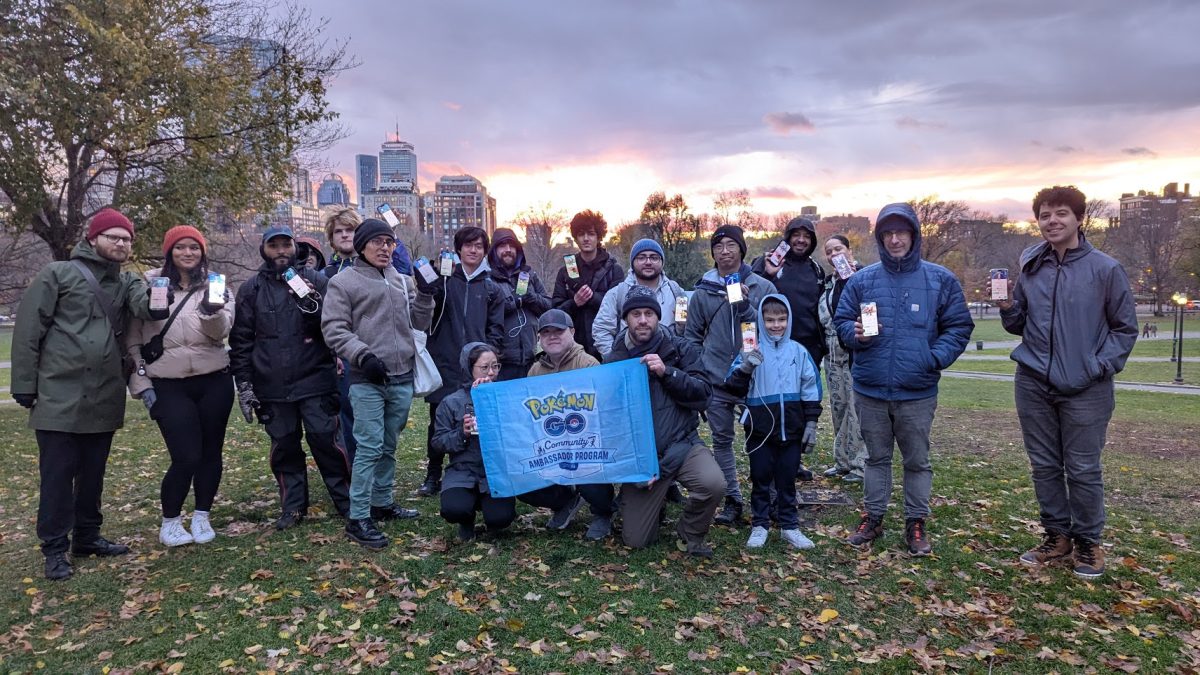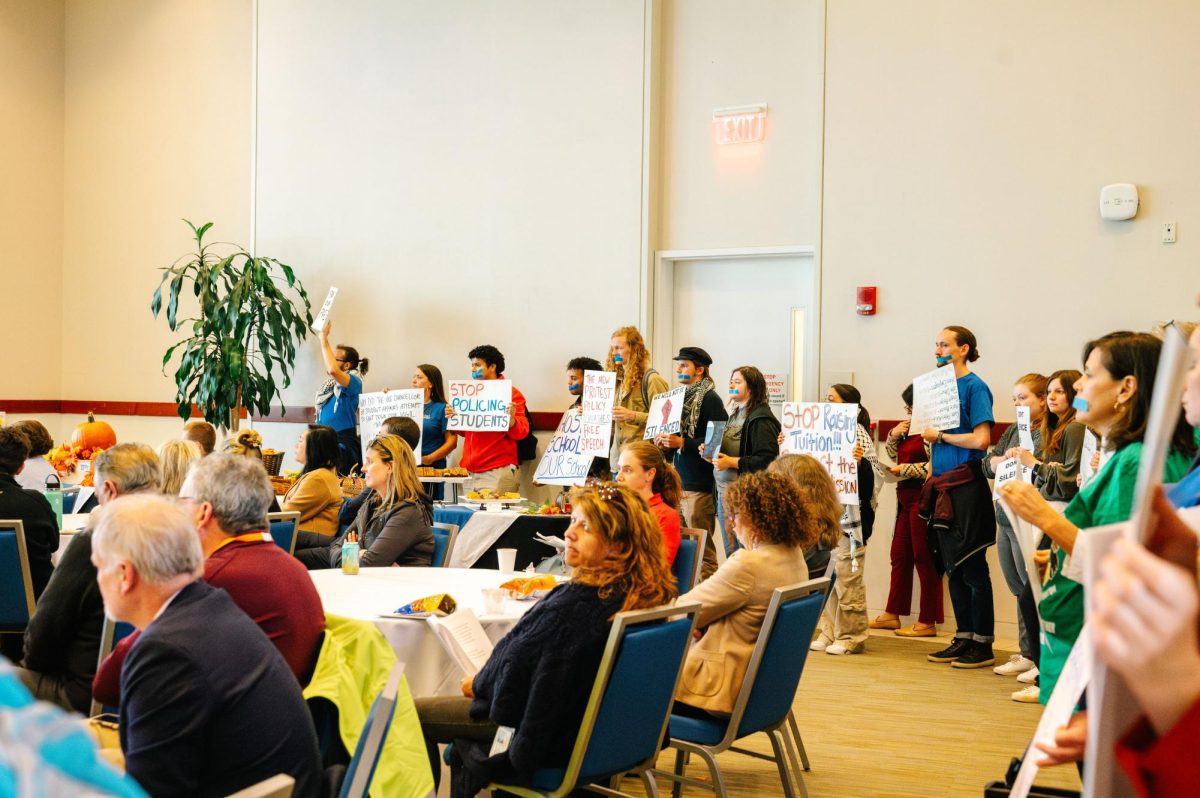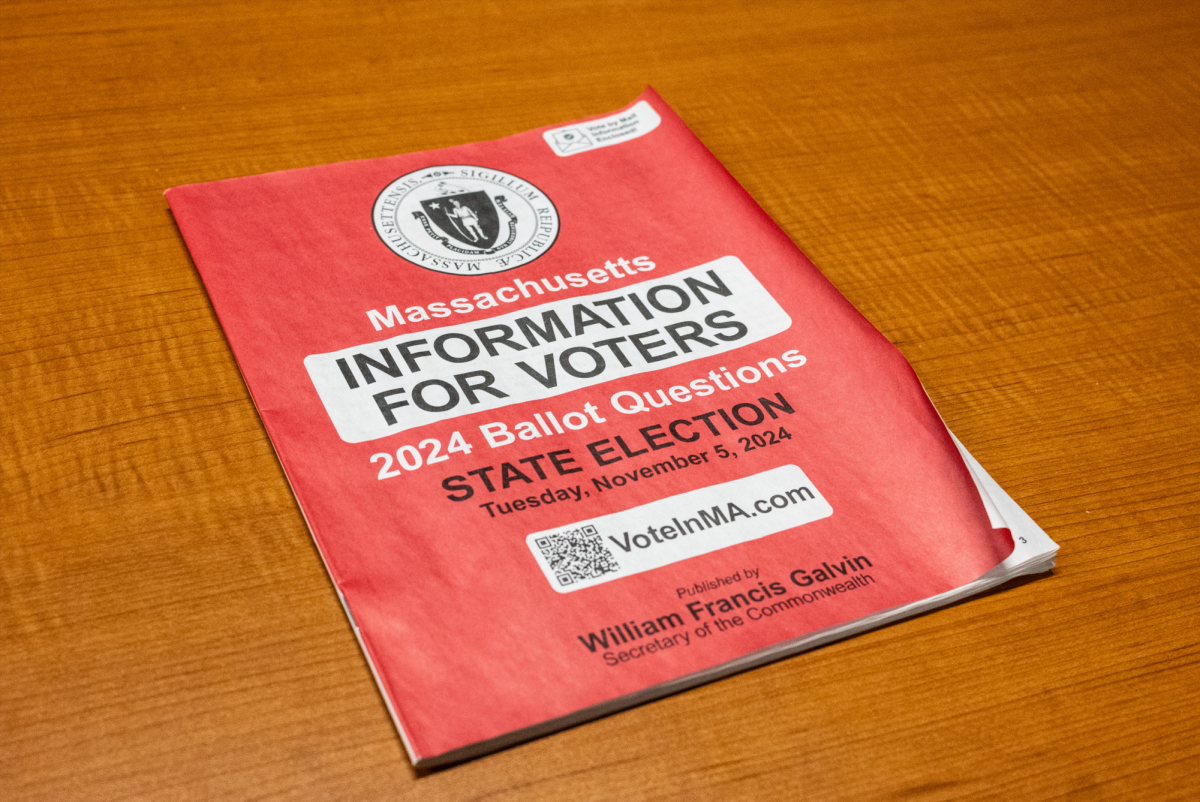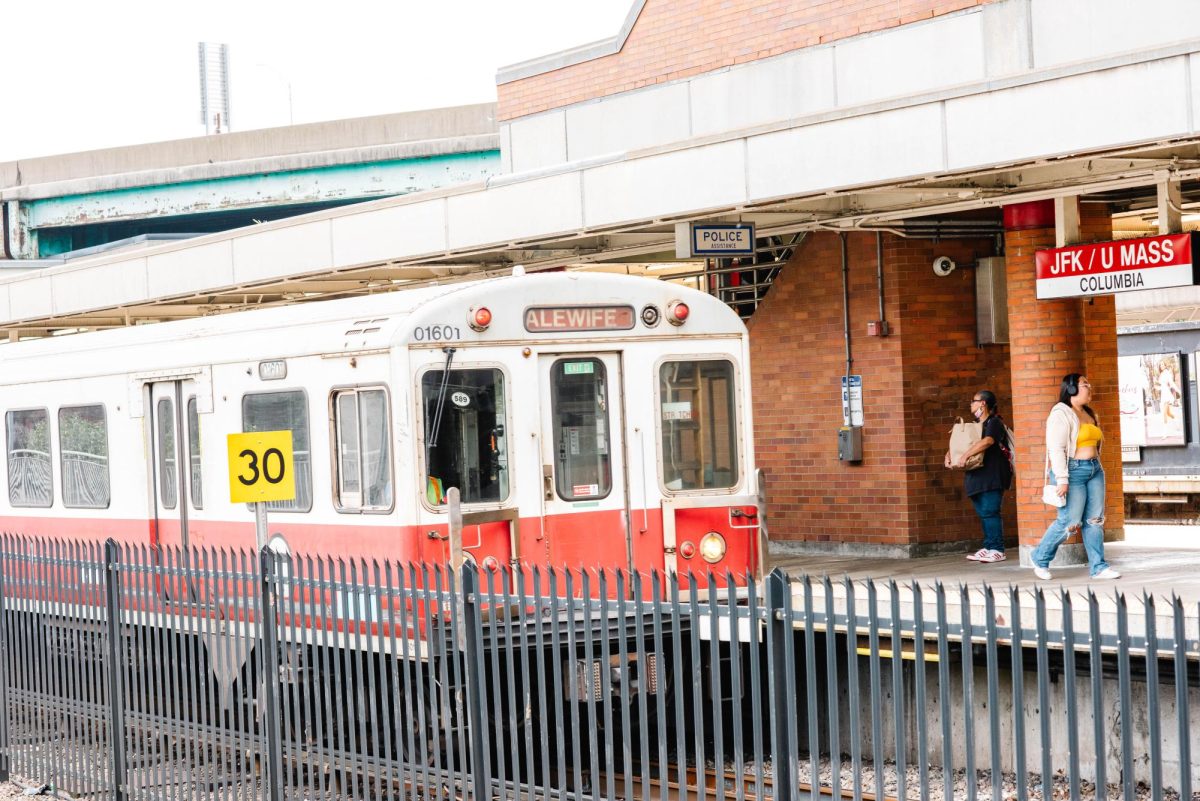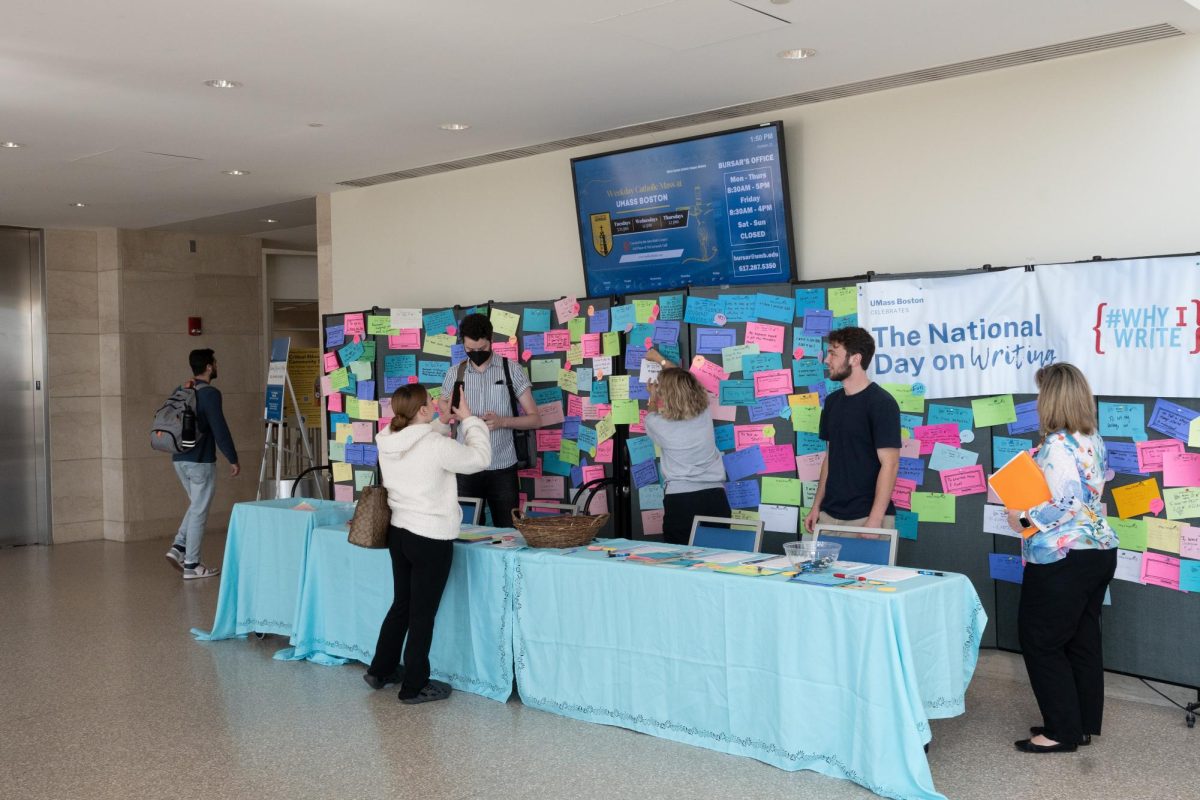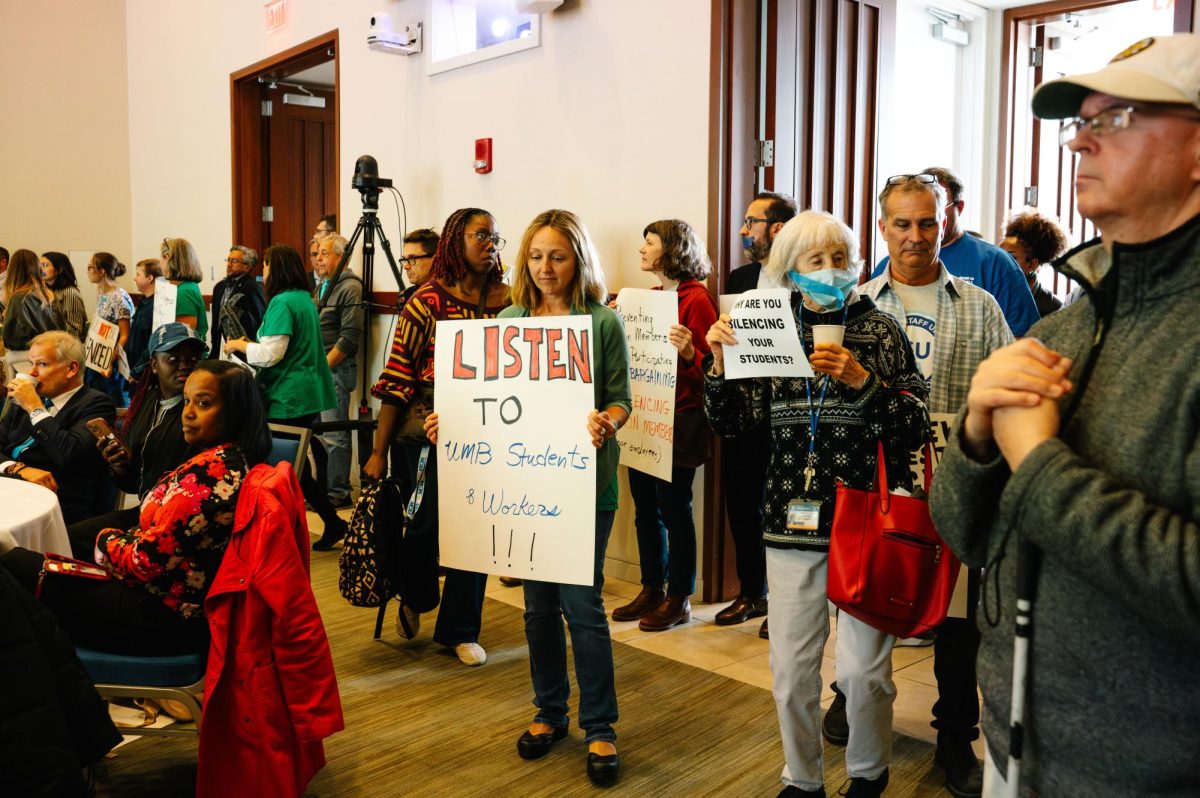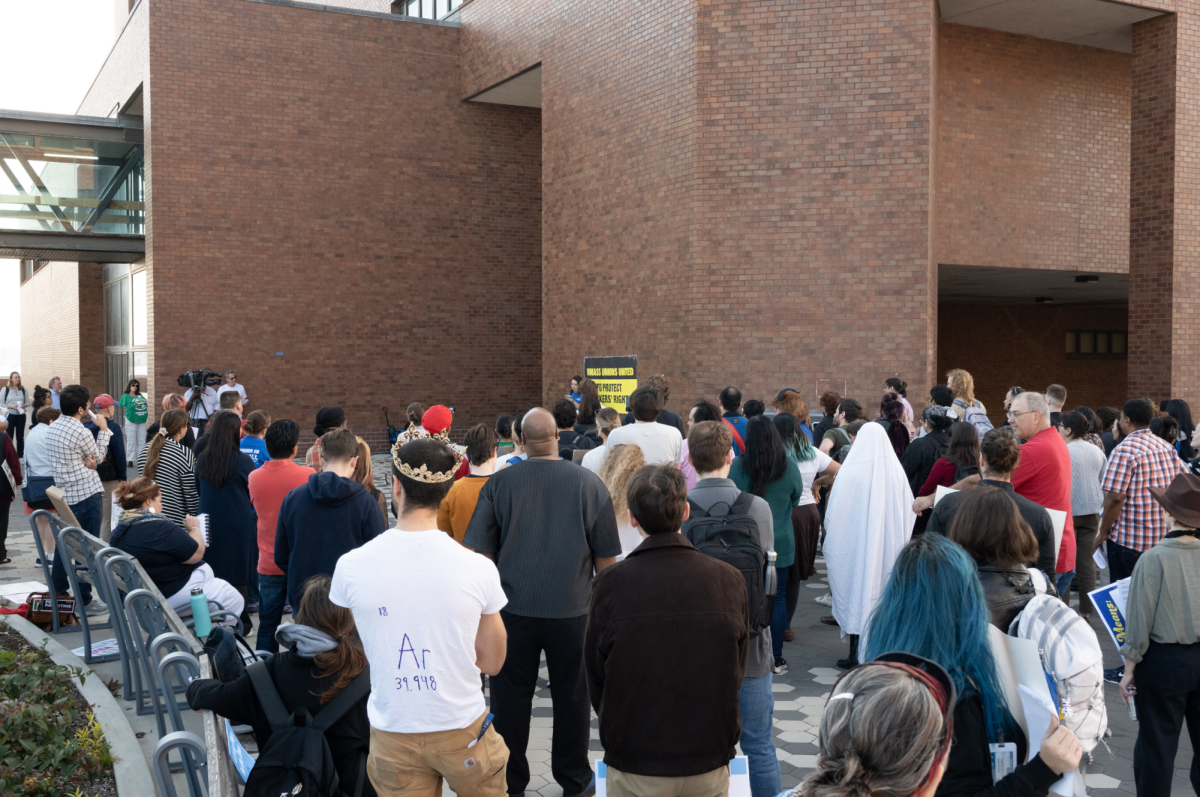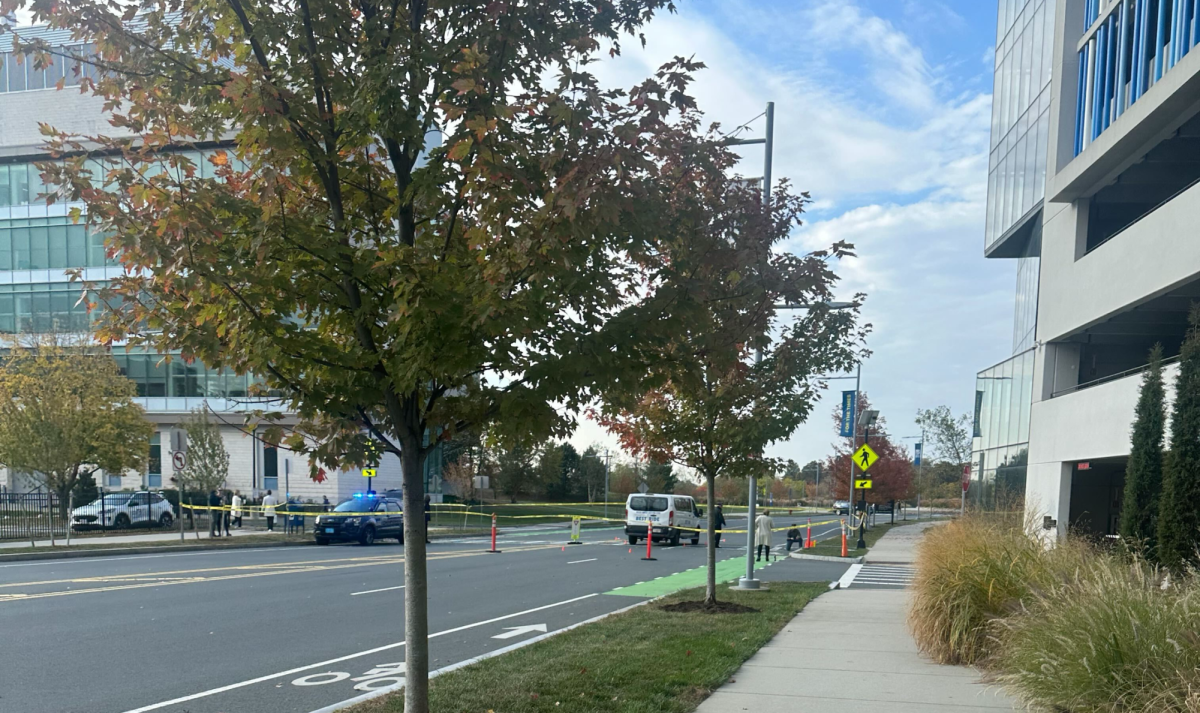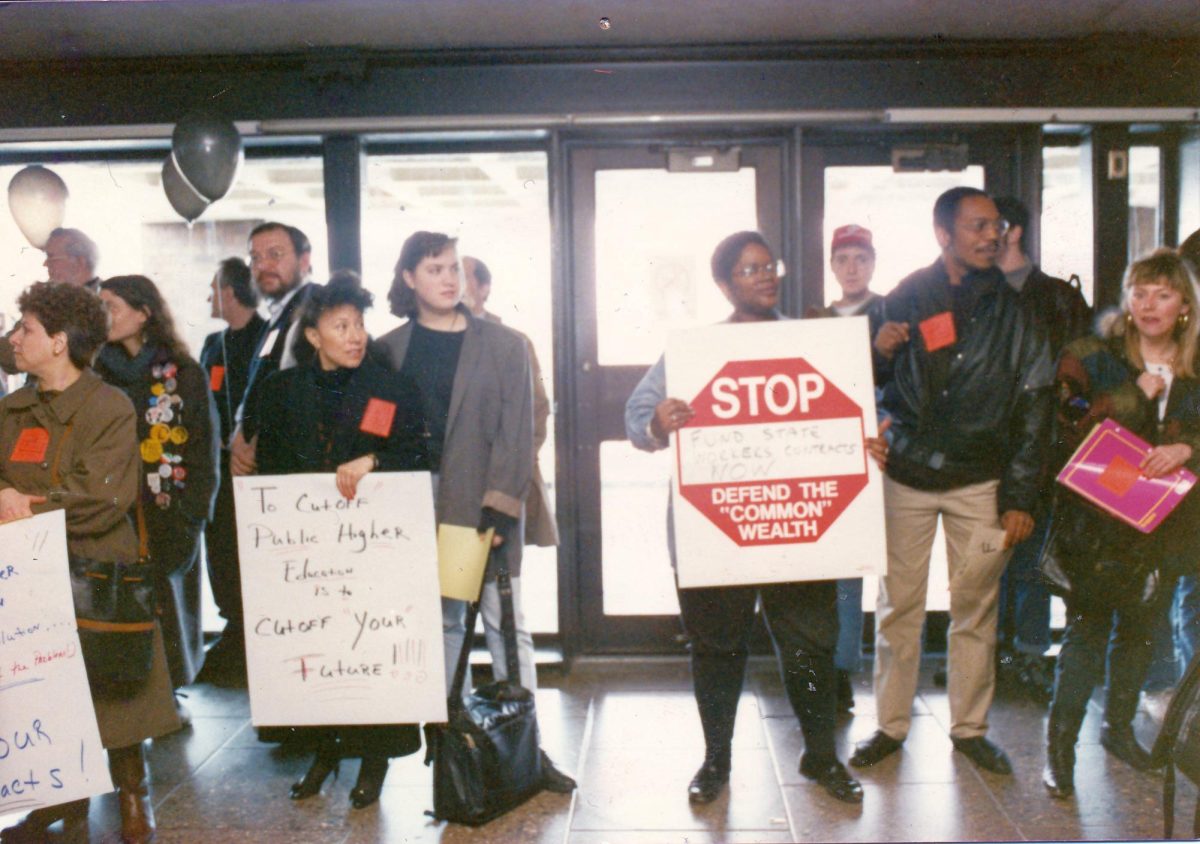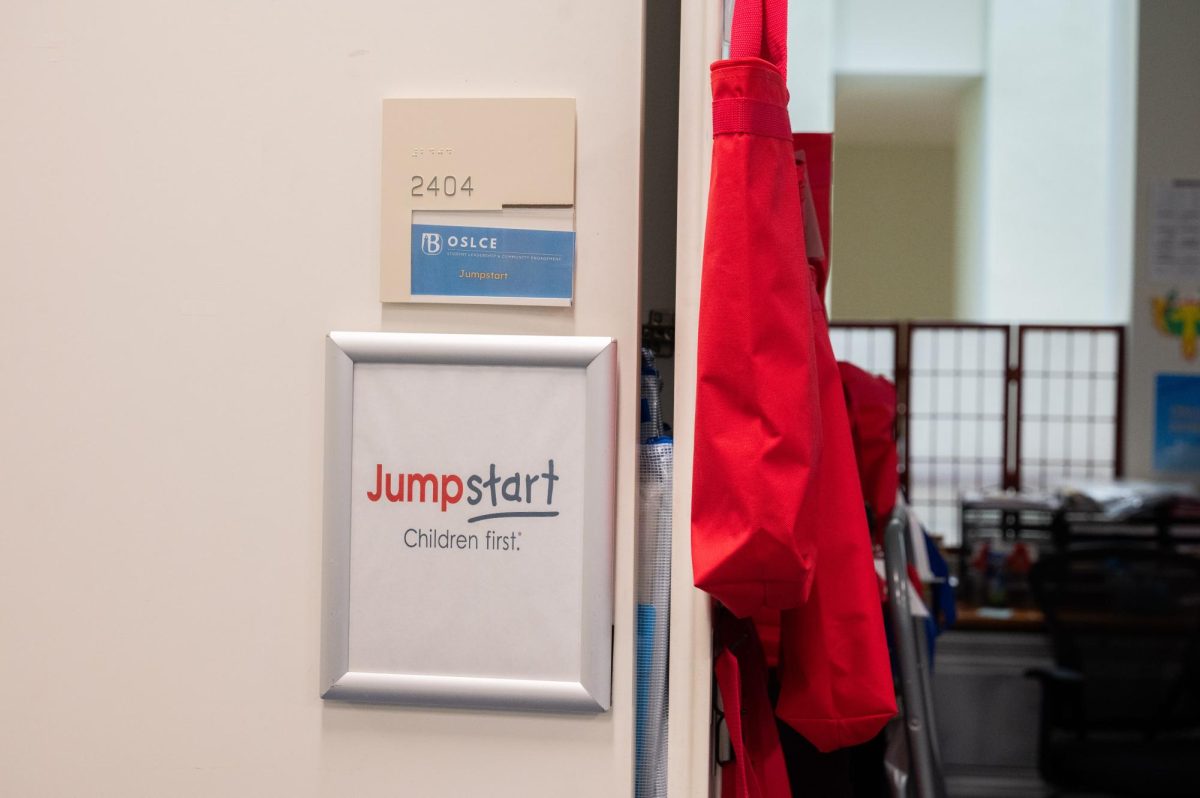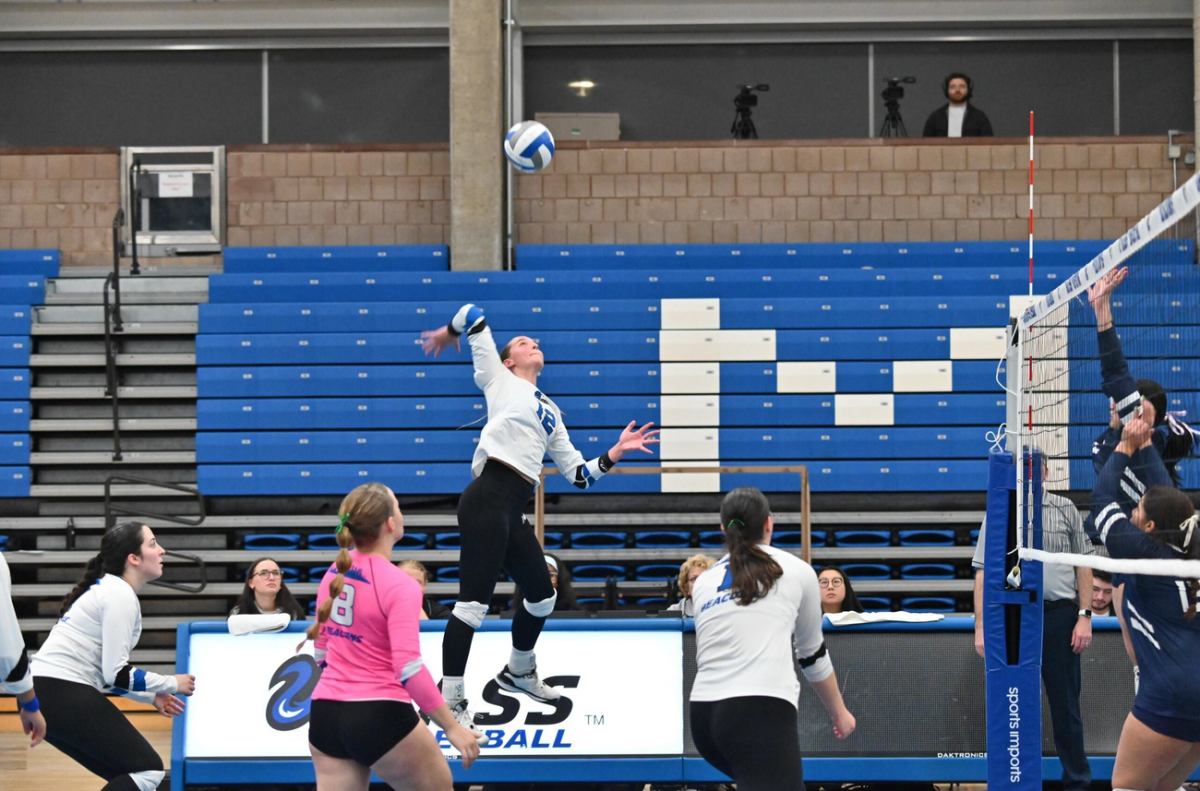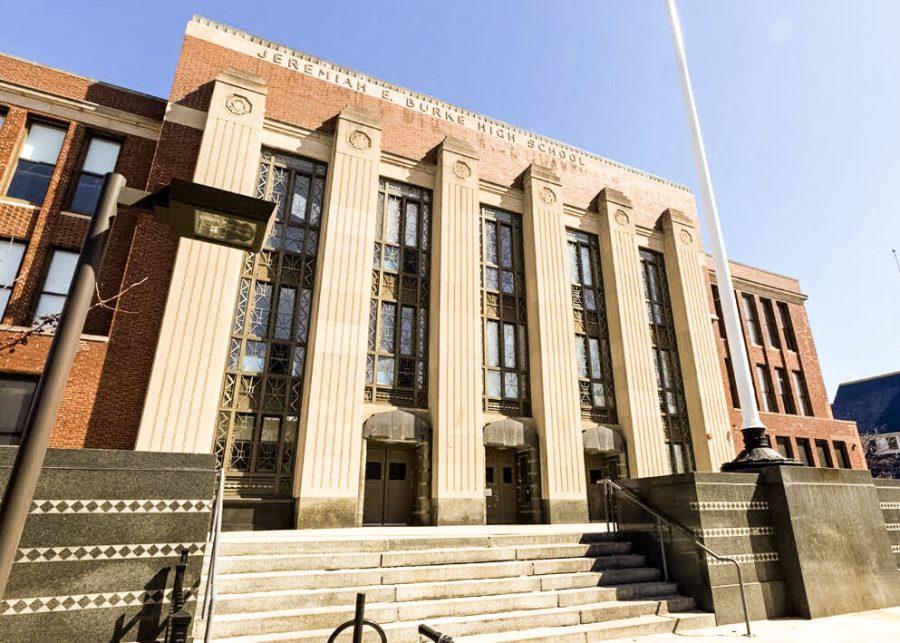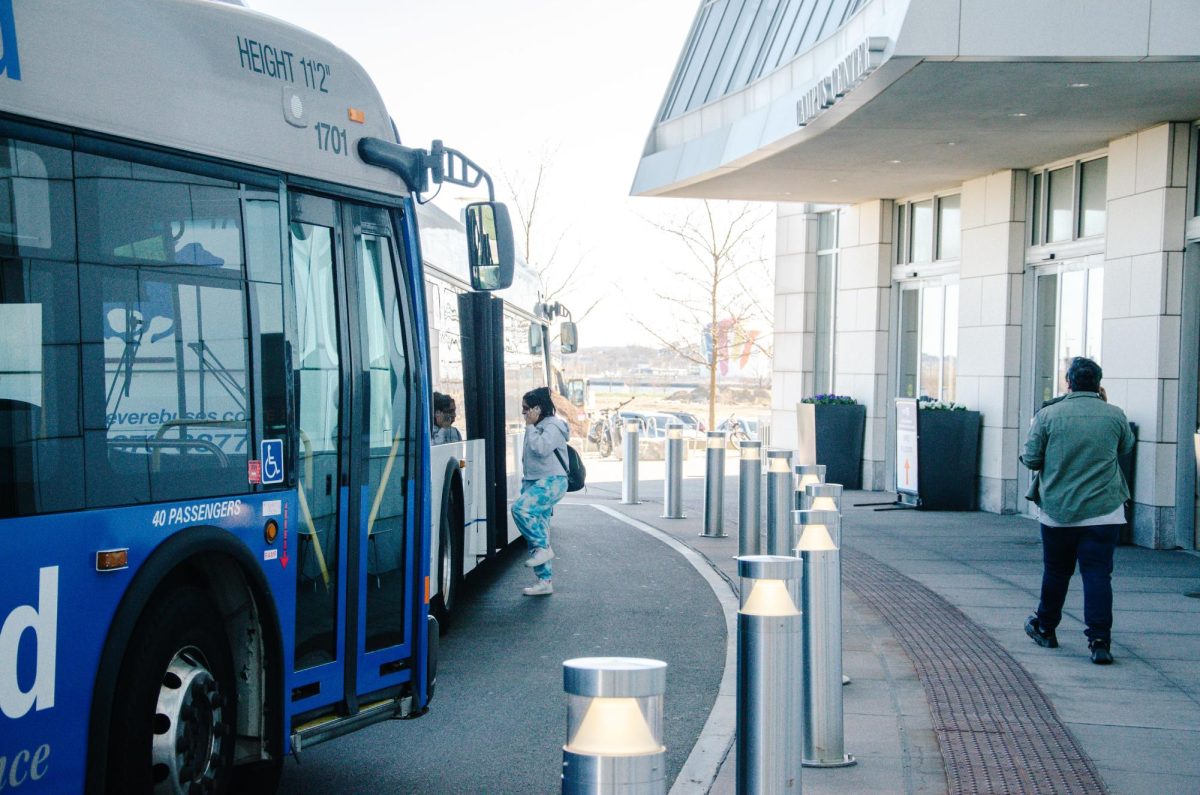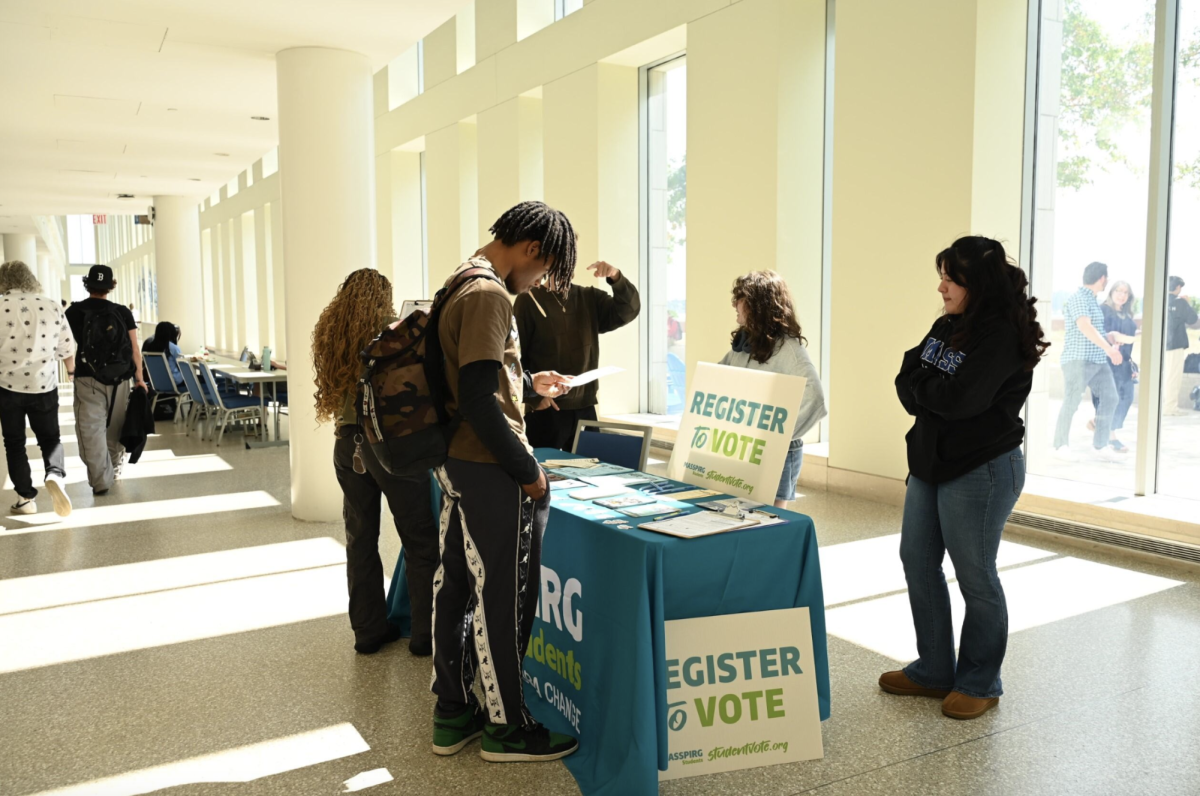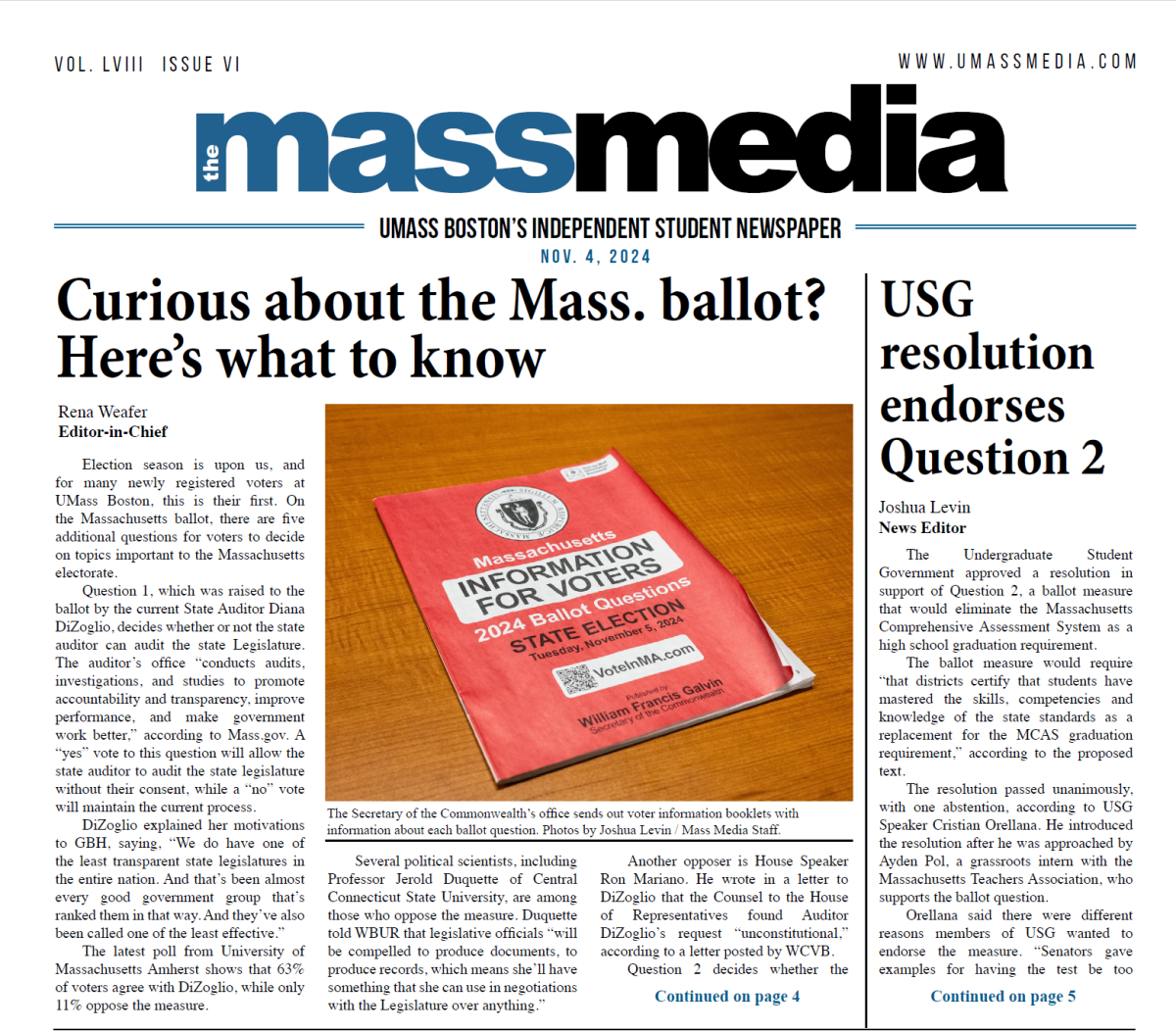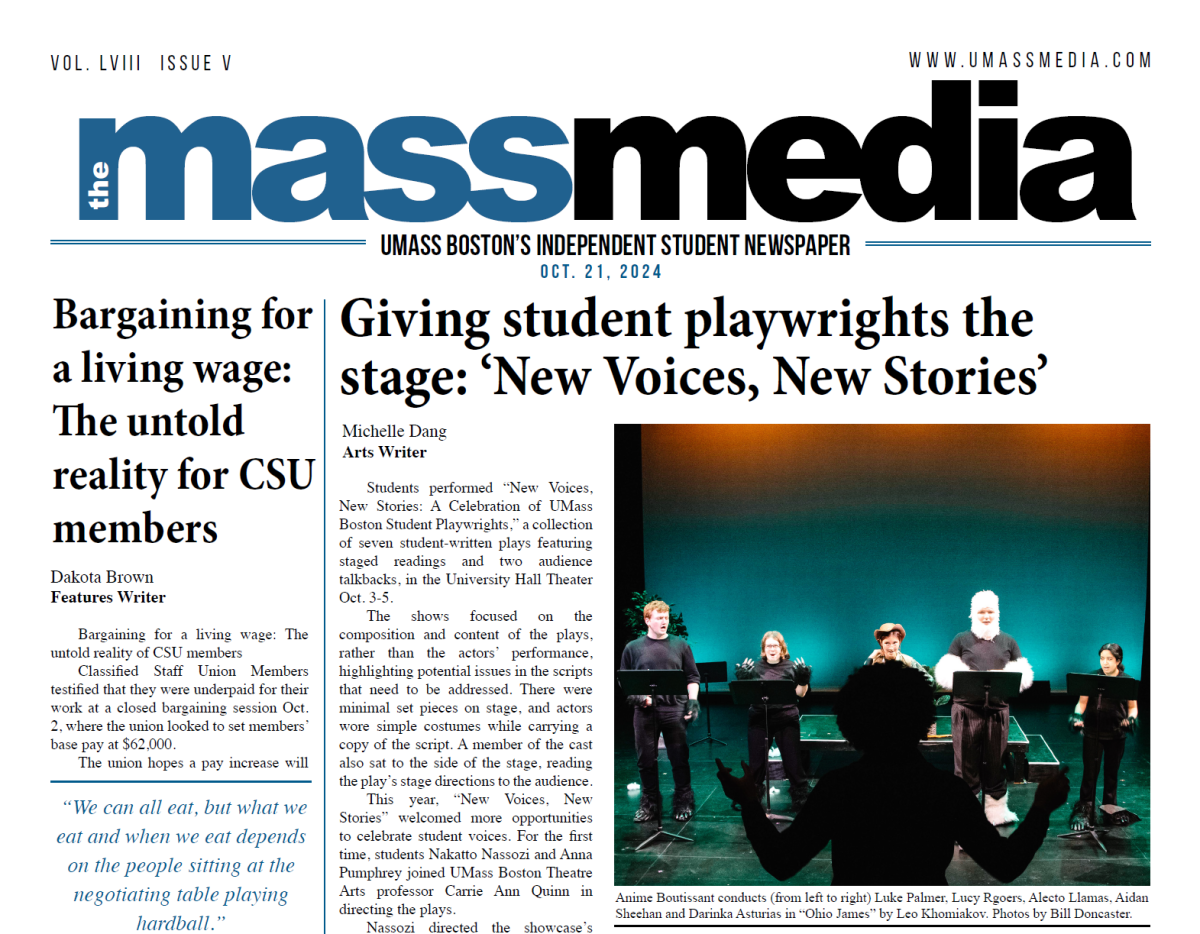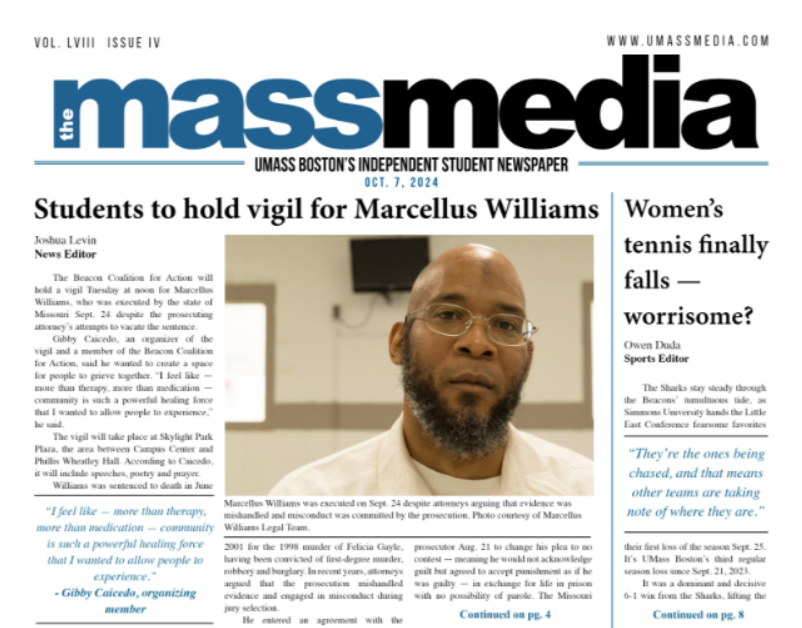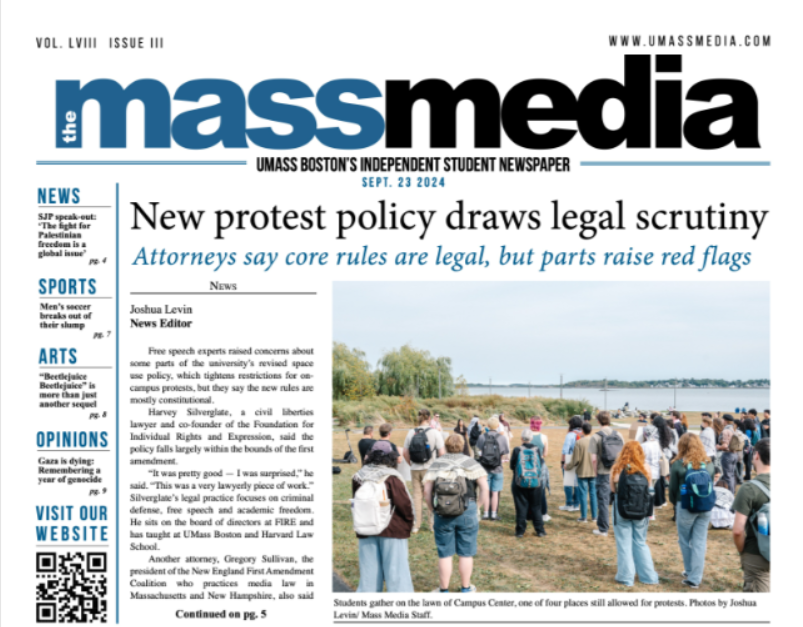Beantown Economics: The Subprime Mortgage Solution: Part 2 – Obama to the Rescue!
March 10, 2009
President Obama released his long awaited “Homeowner Affordability and Stability Plan” on Wednesday, March 4, 2009, and thereby initiated the boldest attempt to aid distressed American homeowners since the Great Depression. The most immediate government effort will be aimed at stemming the high rate of foreclosures in the US and will, by the White House’s estimate, keep four million Americans in their homes. The Obama Administration has estimated that the ballpark cost of this plan, for US taxpayers, will be about $75 billion – based on the US government’s most current research. In addition, the US Treasury Department said it intended to follow up with a subsequent mortgage plan to help troubled borrowers with second mortgages.
Under the Obama Housing Plan, the recipients of government aid will be able to refinance their homes and thereby consolidate their mortgage(s). Many troubled homeowners could see their mortgage payments fall by quite a few hundred dollars a month, and some could even keep more than $1,000 a month. Several of the nation’s biggest mortgage-servicing companies, managing two-thirds of all home loans in the US – the list includes JP Morgan Chase, Citigroup, Bank of America, and Wells Fargo & Company. This unprecedented domestic policy should, according to the Obama Administration, head off the avalanche of foreclosures that are projected to hit the US economy over the new few years – though some prominent economists are skeptical about the efficacy of the President’s overall solution for the foreclosure crisis.
Critical Condition Borrowers
The homeowners, who have been hemorrhaging financially, are about to receive some much needed emergency aid from the federal government; this will be the first plan and will help to ease the strain on the heaviest borrowers by enabling them to refinance their homes – which during normal times would be impossible. But not everyone will be able to get assistance, because the distribution of relief is predicated on some conditions imposed by the government.
First, their mortgages must be owned or guaranteed by Fannie Mae or Freddie Mac. Second, the homeowner must have enough income to handle current and future payments. Third, the total sum of the troubled mortgages must be no greater than $729, 460 for a single unit – while multifamily units are subject to a different set of limits. Fourth, the property must be occupied. Fifth, the first mortgage cannot be more than 105 percent of the home’s current market value. Lastly, delinquent borrowers do not qualify. In order to apply for emergency aid, the borrower must contact their lender and provide the following: two recent pay stubs, the most current tax return filed with the IRS, information about any second mortgage, and a credit report on all other debts.
Most observers agree that this plan is very ambitious and more costly than any of the Bush administration’s programs, which were based almost entirely on cajoling the lenders to voluntarily modify troubled loans. The most recent statistics released by the federal government show that while the number of loan modifications has climbed sharply, the number of foreclosures were still outpacing them with ease at the end of 2008 – at a record number of 2.2 million units. The new plan, which takes effect immediately, is projected to win much better concessions from lenders by presenting a blend of munificent financial inducements and regulatory arm-twisting. The final impact will depend on how both lenders and the investors who own mortgages respond, but housing experts said the administration had a good chance of achieving its goal. The keenness with which lenders assent to amend loans is likely to be affected by a bill that the House is expected to obtain on Thursday, March 5, 2009.
The Sinking and the Sunk
Meanwhile, most of those homeowners who don’t meet the criteria for the first plan – because of their delinquency – will be able to get their share of the $75 billion allocated for stemming foreclosure through the second plan, which will help qualified borrowers adjust their mortgage loans by lowering the monthly payments. Like the first plan, there is also a list of requirements that troubled homeowners must meet in order to get any help.
First, all mortgages must have been created before January 1, 2009. Second, the homeowners must be occupants of a one to four unit home – which ranges from $729,750 on one-unit homes to $1,403,400 on a four-unit home. Third, the monthly mortgage payment, with taxes, insurance premiums, and other dues, must exceed 31 percent of the homeowner’s gross monthly income. Fourth, the homeowner must have enough income to pay their modified payments. Even if these homeowner’s are delinquent, laden with home equity loans and possess second mortgages, they may still be able to get help under the second plan. The applicants must contact their lender and submit two recent pay stubs and an affidavit of financial hardship. It should be noted that when an applicant is at least two months delinquent. The lender must modify the applicant’s loan if doing so incurs less cost than pursuing foreclosure.
In order to do the actual modification, the lender would, in turn, lower the monthly payments to 31 percent of the income by choosing between two methods. On the one hand, they can lower the interest rate to as low as 2 percent. On the other hand, they could, if necessary, extend the loan term up to 40 years or accepting principal payments without interest. The settlement reached by the borrower and lender will remain in place until five years after the time of the modification.
The incentives have been outlined. Borrowers who pay on time would receive up to a $5,000 reduction in principal over five years. Lenders of mortgages who are paid on time will receive up to $1,000 for modifying a delinquent loan; they can also obtain $1,500 for modifying a mortgage loan in good standing.
Unlucky Constituents
Like any other government bailout, there are those who fall through the cracks due to the criterion defined by the government. Jim Prewitt of Phoenix, Arizona is among the 2 percent of mortgage holders, nationwide, who are in financial straits, but have failed to qualify for government aid under the current housing plans according to the Treasury Department. “The refinance part of the [current housing] plan is set up so it provides the least help for the people who need it most,” said Christopher Mayer, a professor of real estate at the Columbia Business School. The homeowners who get left out, generally, fall into one of two categories, which include those who either have mortgages higher than $729,750 on their one-unit homes or have a mortgage that’s not guaranteed by Fannie Mae or Freddie Mac. In Mr. Prewitt’s case, he missed on both requirements. J.P. Morgan estimates that the loan adjustment plan will stop 600,000 to 2.6 million foreclosures, although this depends on how generously banks modify mortgages and how many borrowers default yet again.
The response is far from pleasant. “If the US government has little qualms about giving $25 billion to a big bank on Wall Street, they should, at least, help the ordinary people stay in their homes,” Mr. Prewitt said. “But once you get to big loans from Main Street, nobody’s doing anything about it.” Mr. Prewitt lives in a house valued at more than $900,00 in the desirable Phoenix Central Valley – whose original value amounted to $1,124,000 back in 2005. Unfortunately, he owes far more on his principal. Mr. Prewitt, who runs a used-car dealership, is by any definition a troubled homeowner. “I feel if there’s a bailout plan out there for bad banks, there shouldn’t be a limit for regular Americans,” Mr. Prewitt said. “If the government is helping these lenders, they ought to take some principal write-downs.” He has asked his bank to reduce his balance to $500,000 and his rate to 4 percent, but so far has made no progress. “I’m saying I can still pay the monthly payments, but just not what I did in the past,” he said. “I wouldn’t be asking for help if everything was okay, but it’s not the case.”

